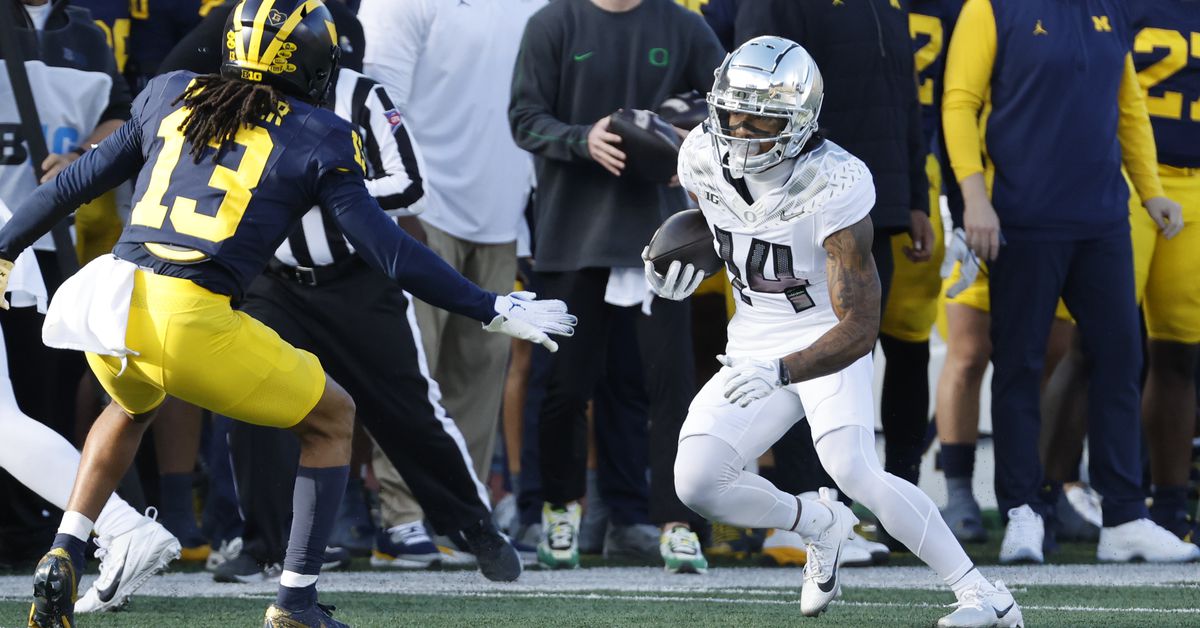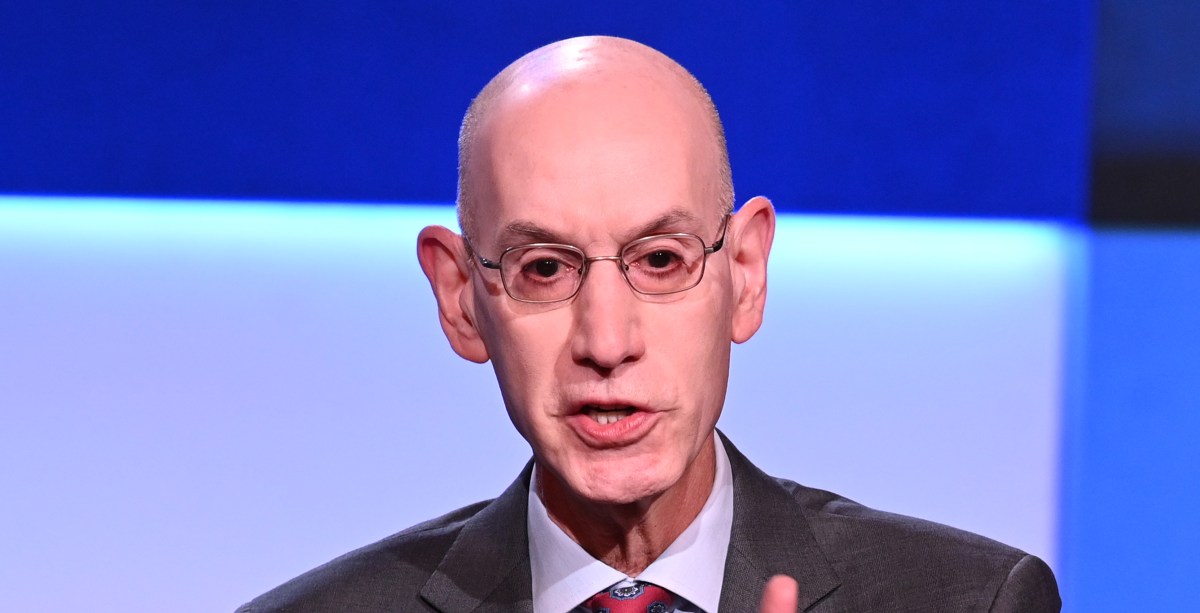Oregon Football: WR Breakout Candidates
Heading into the 2025 football season, wide receiver is one of the biggest question marks surrounding the Oregon Ducks. That question mark grew even larger with the announcement that Evan Stewart will likely miss the season. It’s not for a lack of talent in the room, but rather a lack of meaningful collegiate experience.
But the thing about experience is—everyone has to start somewhere. Take Dillon Mitchell, for example. He had zero meaningful action as a freshman but went on to lead Oregon in receiving in back-to-back seasons in 2017 and 2018.
Speaking of Mitchell, he’s part of an exclusive club of wide receivers who have posted a 1,000-yard season at Oregon since 2000. I took a look at the collegiate careers of those receivers to see if any current Ducks might be poised for a breakout this fall.
The 1,000-Yard Club at Oregon
Here are seven of the eight 1,000-yard seasons by Oregon receivers since 2000. I excluded Byron Marshall, who made the transition from running back to wide receiver before his junior year—a path I don’t expect any current Ducks to follow.
:no_upscale()/cdn.vox-cdn.com/uploads/chorus_asset/file/26042334/00.png)
:no_upscale()/cdn.vox-cdn.com/uploads/chorus_asset/file/26042335/10.png)
:no_upscale()/cdn.vox-cdn.com/uploads/chorus_asset/file/26042336/3.png)
:no_upscale()/cdn.vox-cdn.com/uploads/chorus_asset/file/26042337/TR.png)
Key Takeaways from the 1K Seasons
Looking at the college careers of these players, a few patterns emerged:
Freshman Production Was Limited
The most impactful freshman season came from Josh Huff, who posted 303 yards and accounted for 8% of Oregon’s receiving yards in 2010. (I discussed freshman WR expectations in more depth last week if you’re interested.)
Sophomore Year Jump
After a quiet freshman year, each of these players took a significant leap in their second season, contributing at least 421 yards and 14% of the team’s receiving output.
Breakout in Year 3 or 4
All seven receivers reached the 1,000-yard milestone in either their third or fourth season.
Potential Sophomore Leaps in 2025
There are three Oregon receivers entering their second year:
- Jack Ressler
- Dillon Gresham
- Jeremiah McClellan
Of the three, only McClellan recorded a catch in 2024, finishing with 3 receptions for 24 yards. Of the historical 1K group, only Dillon Mitchell failed to hardly register any stats as a freshman before contributing in Year 2. That suggests it’s unlikely any of these second-year players will break out in 2025—but not impossible.
Year 3 or 4 Breakout Candidates
Oregon has three receivers entering either their third or fourth season:
- Jurrion Dickey
- Kyler Kasper
- Justius Lowe
All three have seen game action, but only Justius Lowe has surpassed 50 career receiving yards. Last season, he posted 21 receptions for 203 yards and 1 TD—accounting for about 5% of Oregon’s total receiving output.
Based on past trends, breakout receivers typically show more early production. However, just because these players aren’t following the same statistical trajectory as past 1,000-yard receivers doesn’t mean they can’t contribute significantly in 2025.
In fact, using Hythloday’s “Rule of Thirds”, we might expect:
- One player to become a major contributor
- One to play a supporting role
- One to fade from the rotation
The Transfer Wild Card: Malik Benson
Oregon added one transfer to the receiver room this offseason: Malik Benson. While his junior and senior season stats were underwhelming, film analysis from our resident expert Hythloday suggests Benson may have untapped potential. His modest numbers may have been more reflective of the situation at Florida State.
What It All Means
Based on this research, it seems unlikely that Oregon will have a 1,000-yard receiver in 2025. But that doesn’t mean the passing game is doomed. What Oregon does have is:
- An elite 5-star freshman (Dakorien Moore) likely to contribute
- Three highly recruited second-year players, one of whom is likely to emerge
- Three highly recruited third-year players, one of whom should make a leap
- Two super senior transfers with untapped potential in Benson, or looking to stay healthy in Gary Bryant Jr.
In Will Stein’s first two seasons, he’s benefited from veteran quarterbacks and returning, high-production receivers. This season feels different. Oregon may need to rely on a committee approach at receiver rather than leaning on one or two elite stat leaders.
The good news? A successful passing attack doesn’t require a 1,000-yard receiver.
Context: Oregon Without a 1,000-Yard WR
Since 2011, here are the seasons when Oregon didn’t have a 1,000-yard receiver but still had an above median QBR from the starting QB.
:no_upscale()/cdn.vox-cdn.com/uploads/chorus_asset/file/26042353/QBR.png)
The only season Oregon has not had above average passer and no 1,000 yard season was 2017 when Justin Herbert didn’t qualify for season long QBR evaluation due to his injury. But as you can see many seasons Oregon did not have a 1,000 yard receiver but still consistently had an adjusted YPA close to 7.9 or higher. Based on the talent and depth in this receiver room I see no reason that the receivers can’t hold up their end of the bargain when it comes to Oregon’s passing game in 2025.
Share this content:














Post Comment